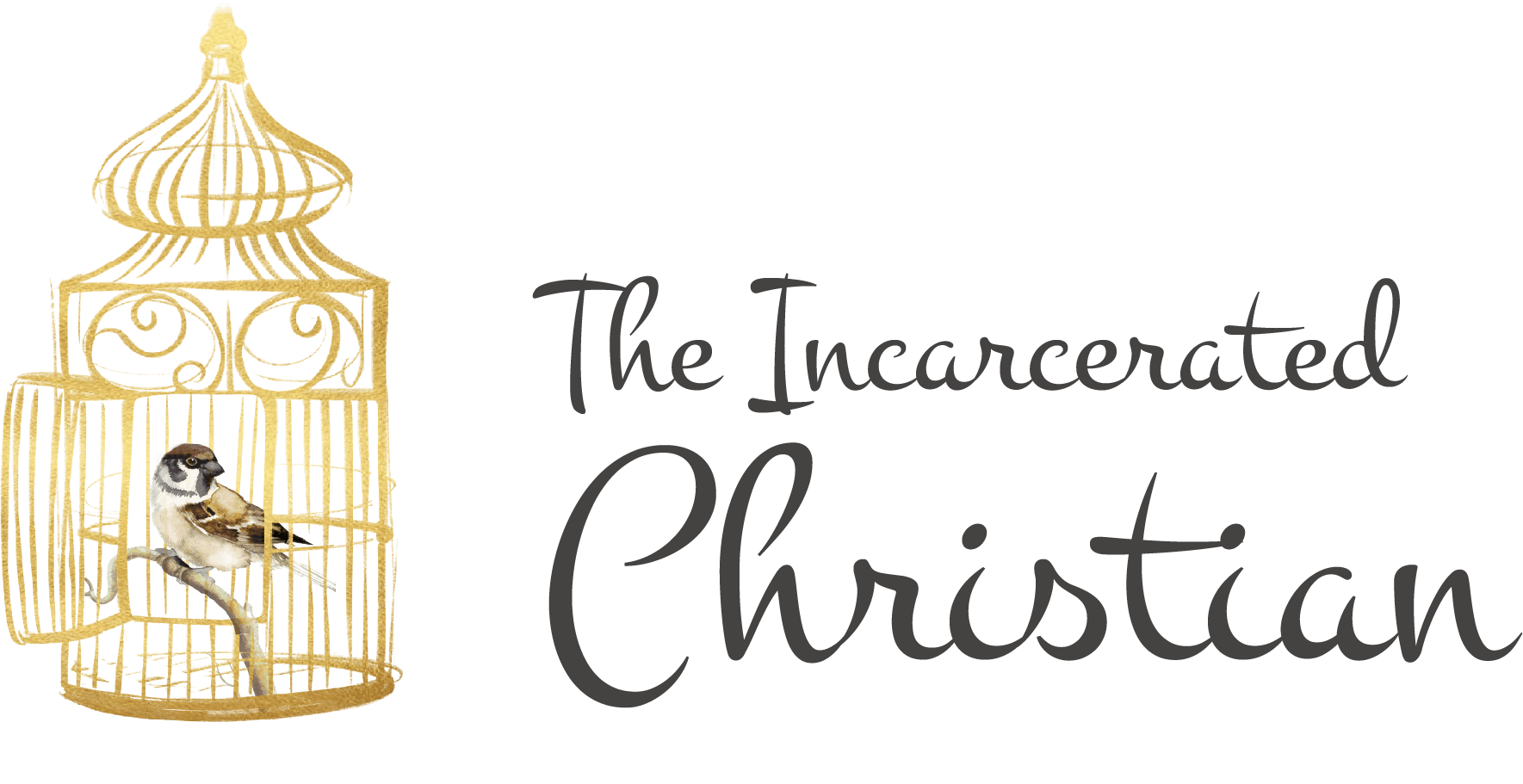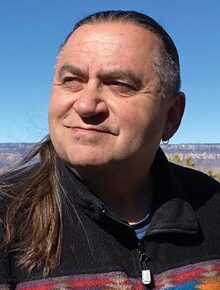In Part 2 of our conversation with Terry Wildman, lead translator and project manager of the First Nations Version of the New Testament, he explains the reasoning behind the translations of the names of biblical people and places as part of the effort to create a more meaningful, intuitive and accessible version of the New Testament for Native people.
Listen to Terry describe the etiology and translations of notable people and places of the Bible, including Mary the Mother of Jesus, Mary Magdalene, other Marys, Noah, Esau and Jacob, Judas, Bathsheba, Sarah, Jerusalem, Sodom and Gomorrah, and Galilee, as well as the pushback he and his colleagues received for using a translated version of Jesus’s name.
- Why the translated names for Jacob and Esau were chosen
- The story behind Noah’s name
- Biblical place names, including Jerusalem, Sodom and Gomorrah, and Galilee
- The connection between “bitter tears” and “strong tears” with respect to Mary the Mother of Jesus and Mary Magdalene
- Differentiating among people in the Bible who have the same names
- The translation of the name Judas and why it may be unexpected
- The pushback against using a translated name for Jesus
- How culturally relevant translations can help people better understand the New Testament
Related Links

